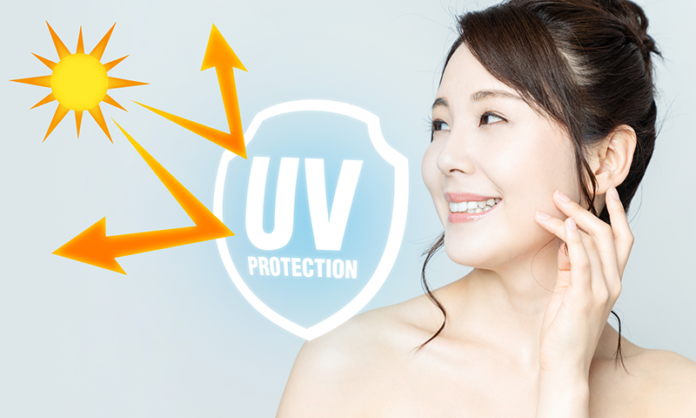Exposure to UV (ultraviolet) rays is a leading cause of skin cancer, a condition that affects millions of people worldwide. Understanding how UV rays can cause skin cancer is crucial for raising awareness and promoting preventive measures. Let’s delve into the mechanisms by which UV rays contribute to the development of skin cancer.
Types of UV Rays: There are three main types of UV rays: UVA, UVB, and UVC. UVC rays are absorbed by the Earth’s atmosphere and do not reach the skin’s surface. UVA and UVB rays, however, can penetrate the atmosphere and affect our skin.
DNA Damage: Both UVA and UVB rays can cause damage to the DNA within skin cells. When the skin is exposed to UV radiation, it can alter the structure of the DNA molecules, leading to genetic mutations. These mutations can disrupt the normal growth and division of cells, potentially triggering the development of cancer.
Formation of Free Radicals: UV rays can generate free radicals within the skin. Free radicals are highly reactive molecules that can cause oxidative stress and damage cellular components, including DNA, proteins, and lipids. This oxidative stress further contributes to DNA mutations and increases the risk of skin cancer.
Impact on Skin Cell Function: UV rays can directly affect the function of skin cells. They can impair the skin’s immune system, compromising its ability to detect and destroy abnormal cells. UV radiation can also disrupt the delicate balance of cell growth and death, leading to uncontrolled cell proliferation and the formation of tumors.
Cumulative Exposure: The risk of developing skin cancer is closely related to cumulative exposure to UV radiation over a person’s lifetime. This means that repeated and prolonged exposure to UV rays, especially without proper protection, can significantly increase the risk of developing skin cancer later in life.
Sunburns and Blistering: Severe sunburns, characterized by redness, pain, and blistering of the skin, can significantly elevate the risk of skin cancer. Blistering sunburns, especially during childhood, are associated with an increased likelihood of developing melanoma, the most dangerous form of skin cancer.
Tanning Beds and Artificial UV Radiation: It is important to note that artificial sources of UV radiation, such as tanning beds and sunlamps, pose similar risks as natural sunlight. The concentrated UV radiation from these sources can cause significant DNA damage and increase the chances of developing skin cancer.
Prevention is key when it comes to protecting against skin cancer caused by UV radiation. Here are some essential preventive measures:
Seek shade: Limit your time in direct sunlight, especially during peak UV intensity hours (usually between 10 am and 4 pm).
Wear protective clothing: Cover exposed skin with long-sleeved shirts, pants, wide-brimmed hats, and sunglasses.
Apply sunscreen: Use broad-spectrum sunscreen with an SPF of 30 or higher on exposed skin, and reapply regularly.
Avoid tanning beds and sunlamps: These artificial sources of UV radiation are not safe alternatives to natural sunlight.
Perform regular skin checks: Monitor your skin for any changes, such as new moles, growths, or changes in existing moles, and consult a dermatologist if you notice anything suspicious.
By understanding how UV rays can cause skin cancer and taking appropriate preventive measures, we can reduce our risk and protect our skin from the harmful effects of UV radiation. Regular sun protection practices and early detection play crucial roles in maintaining skin health and minimizing the impact of skin cancer.
Disclaimer – The above information is for reference purposes only: Policy Assurance and Claims at the underwriter’s discretion.



